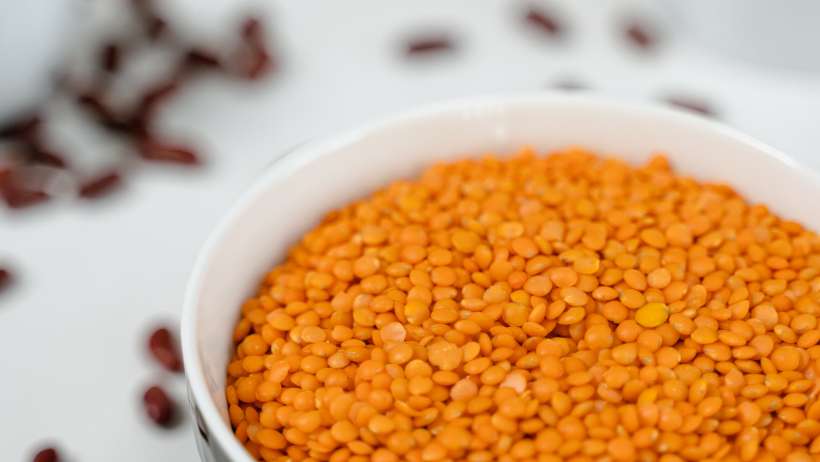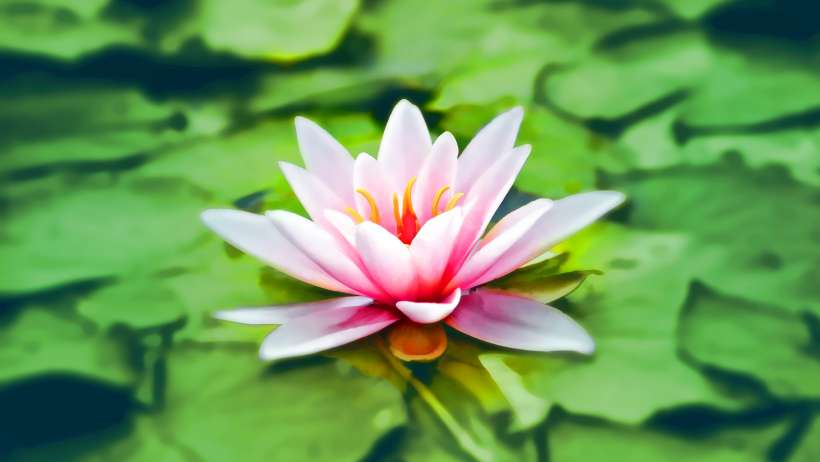In today’s environment, our bodies are overwhelmed with new and novel stressors each day including environmental toxins, processed foods, unresolved emotions, and psychological stress, to name a few. Our bodies are the world’s best machine, they process all kinds of inputs distinguishing what’s good for you from what’s not, removing harmful substances alongside routine metabolic waste.
The practice of cleansing is considered a vital part of an Ayurvedic lifestyle, with great potential for improved energy, strength, and immunity, as well as a renewed love of life. At its root, an Ayurvedic cleanse improves the strength of agni (digestive fire); a strong agni, according to Ayurveda, is the root of optimal health.
The intention behind the Ayurvedic cleanse is to give your body a break: to minimize the variety and complexity of inputs (and potential toxins) so that the body can rest, recuperate, and repair itself. Ultimately, an Ayurvedic cleanse is focused on drawing toxins and excess vata, pitta, and kapha out of the tissues and into the digestive tract so that they can be eliminated.
There is no one size fits all when it comes to a cleanse and one must pay attention to your constitution before embarking on one cleanse. Rather, the goal of most Ayurvedic cleanses is centered around simplifying the diet and adding supportive lifestyle practices. The goal is to balance and strengthen agni and restore the body’s natural intelligence.
One day cleanses, such as fasting, are part of consistent Ayurvedic cleanse. It is fairly common to fast for one day a week which may include a 24 hour period of a variation of no food or just raw fruits and vegetables or one meal a day. If you consistently practice one day cleanses, you may be ready for the traditional cleanse of as short as three days to as long as twenty-one days. The longer the cleanse the more supportive lifestyle practices you will add on for deeper benefits.
While you can do a cleanse anytime, generally seasonal changes are the best times to do a cleanse as this is also the time when your body is adjusting to changing environment and doing a reset to adjust digestive agni.
Cleanse involves three distinct phases—preparation, active cleansing, and reintroduction—which are then followed by a period of rejuvenation. Preparation is the first step in which you start to simplify your diet and lifestyle in anticipation of a cleanse, active cleansing is the heart of the cleanse during which you practice the cleanse such as khichadi cleanse with light yoga, reintroduction it the buffer for your agni – when you begin to slowly introduce complex foods back in one at a time and lastly rejuvenation in which you continue to consistently incorporate practice such as yoga, abhyanga, or meditation in your lifestyle.
This structure helps to ease the body both into and out of the cleanse, and offers deep nourishment to the tissues afterward. Cleanses are complemented by practices such as self-massage with oil, gentle sweating, and the administration of herbal nose drops—all of which help loosen and release imbalances held in the tissues.


